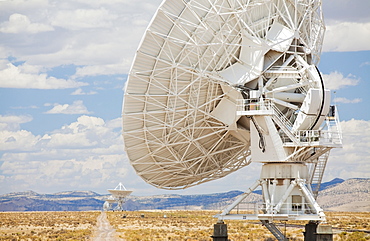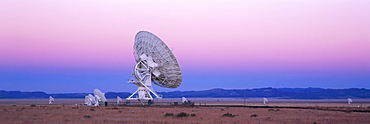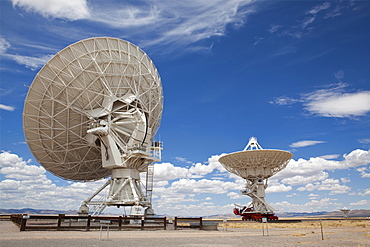Results
7 results found
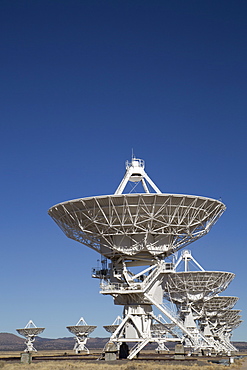
The Very Large Array (The National Radio Astronomy Observatory), multiple antennas, New Mexico, United States of America, North America
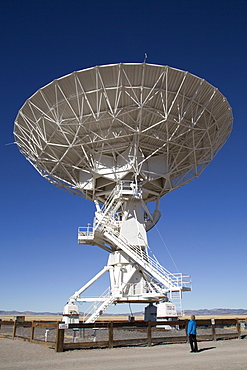
The Very Large Array (The National Radio Astronomy Observatory), a single antenna, New Mexico, United States of America, North America
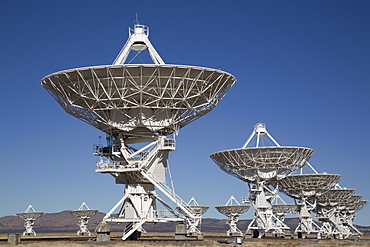
The Very Large Array (The National Radio Astronomy Observatory), multiple antennas, New Mexico, United States of America, North America
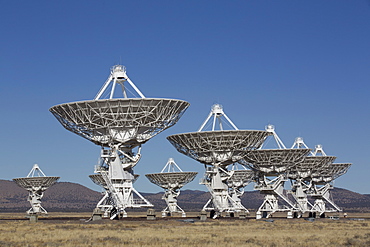
The Very Large Array (The National Radio Astronomy Observatory), multiple antennas, New Mexico, United States of America, North America
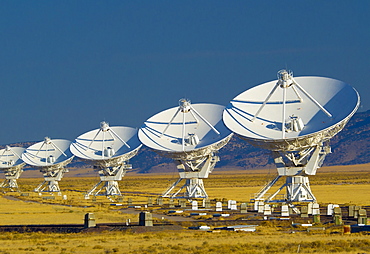
VLA (Very Large Array) of the National Radio Astronomy Observatory, New Mexico, United States of America, North America

VLA (Very Large Array) of the National Radio Astronomy Observatory, New Mexico, United States of America, North America
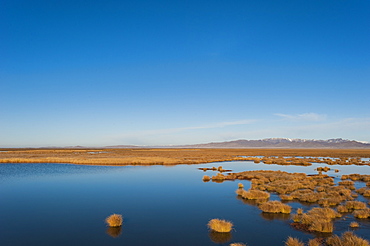
Huahu (Flower Lake), an important wetland area which supports a large array of biodiversity on the Tibetan plateau, Sichuan Province, China, Asia

The Very Large Array are radio telescopes consisting of 27 parabolic dish antennae each 25 metres in diameter, Socorro, New Mexico, United States of America, North America
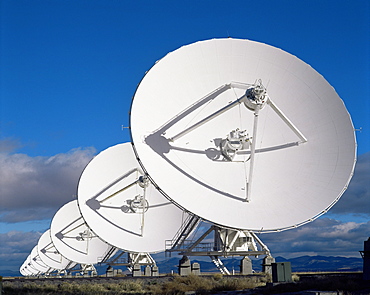
The Very Large Array are radio telescopes consisting of 27 parabolic dish antennae each 25 metres in diameter, Socorro, New Mexico, United States of America, North America
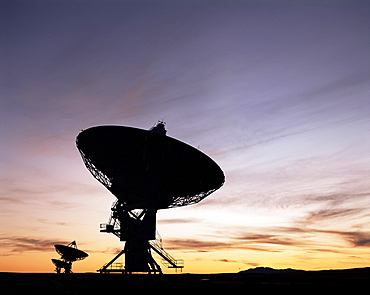
The Very Large Array are radio telescopes consisting of 27 parabolic dish antennae each 25 metres in diameter, Socorro, New Mexico, United States of America, North America
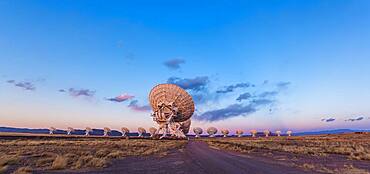
The Very Large Array (VLA) radio telescope in New Mexico, at sunset, March 17, 2013, with the Earth shadow rising at right and the pink Belt of Venus along the eastern horizon. This is a 2-section panorama, hand-held, with the 14mm lens and Canon 60Da camera.
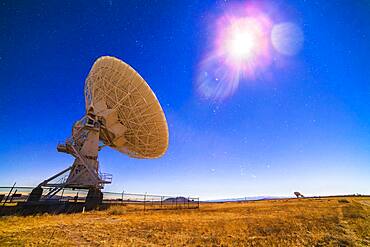
One of the 27 antennas of the Very Large Array (VLA) radio telescope complex in New Mexico (with others in the distance at lower right) illuminated by moonlight, on December 13, 2013, peak night for the Geminid meteor shower. A single exposure of 30 seconds with the Rokinon 14mm lens at f/2.8 and Canon 5D MkII at ISO 800. Orion is rising a lower centre. The Moon is the bright object at upper right. The Pleiades and Hyades are above centre.

A composite of the August 21, 2017 total solar eclipse showing third contact ' the end of totality ��쬆with sunlight beginning to reappear and the array of pink prominences along the limb of the Sun. Seconds later the emerging Sun and diamond ring overwhelmed the large prominence.
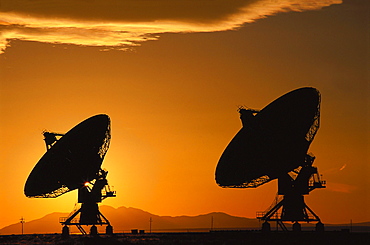
Radio telescope at sunset, satellite dish part of the radio astronomy observatory, Very Large Array, Plains of San Agustin, Socorro, New Mexico, USA
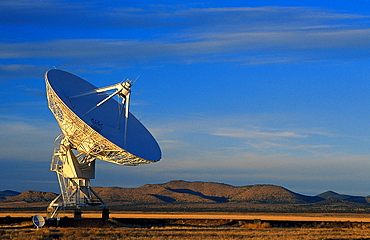
Radio telescope, satellite dish part of the radio astronomy observatory, Very Large Array, Plains of San Agustin, Socorro, New Mexico, USA
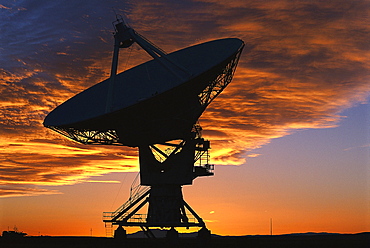
Radio telescope at sunset, satellite dish part of the radio astronomy observatory, Very Large Array, Plains of San Agustin, Socorro, New Mexico, USA
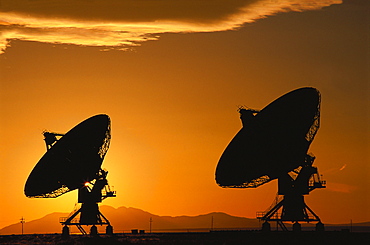
Radio telescope at sunset, satellite dish part of the radio astronomy observatory, Very Large Array, Plains of San Agustin, Socorro, New Mexico, USA
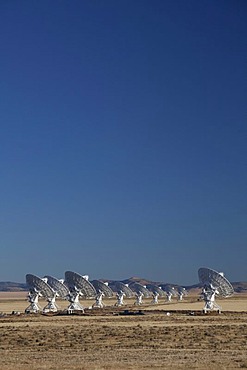
The Very Large Array radio telescope consists of 27 large dish antennas, the facility is part of the National Radio Astronomy Observatory, on the Plains of San Agustin in Datil, western New Mexico, USA
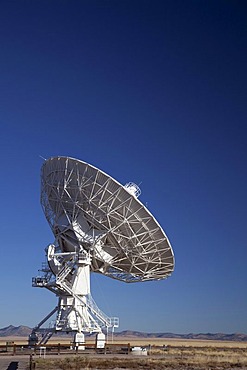
The Very Large Array radio telescope consists of 27 large dish antennas, the facility is part of the National Radio Astronomy Observatory, on the Plains of San Agustin in Datil, western New Mexico, USA
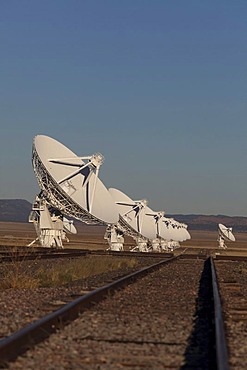
The Very Large Array radio telescope consists of 27 large dish antennas, the facility is part of the National Radio Astronomy Observatory, the tracks enable astronomers to move the antennas to different locations, on the Plains of San Agustin in Datil, we
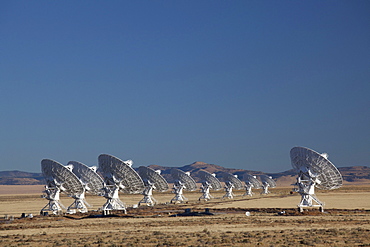
The Very Large Array radio telescope consists of 27 large dish antennas, the facility is part of the National Radio Astronomy Observatory, on the Plains of San Agustin in Datil, western New Mexico, USA

The Very Large Array radio telescope consists of 27 large dish antennas, the facility is part of the National Radio Astronomy Observatory, on the Plains of San Agustin in Datil, western New Mexico, USA
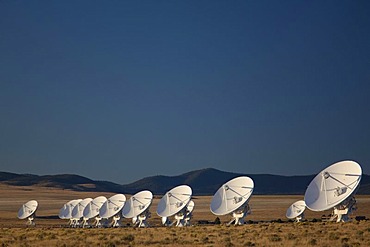
The Very Large Array radio telescope consists of 27 large dish antennas, the facility is part of the National Radio Astronomy Observatory, on the Plains of San Agustin in Datil, western New Mexico, USA
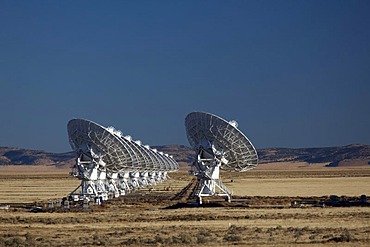
The Very Large Array radio telescope consists of 27 large dish antennas, the facility is part of the National Radio Astronomy Observatory, on the Plains of San Agustin in Datil, western New Mexico, USA
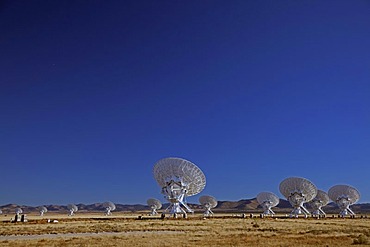
The Very Large Array radio telescope consists of 27 large dish antennas, the facility is part of the National Radio Astronomy Observatory, on the Plains of San Agustin in Datil, western New Mexico, USA
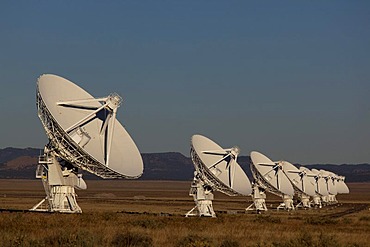
The Very Large Array radio telescope consists of 27 large dish antennas, the facility is part of the National Radio Astronomy Observatory, on the Plains of San Agustin in Datil, western New Mexico, USA
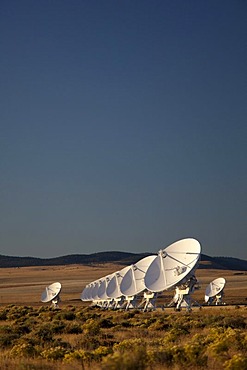
The Very Large Array radio telescope consists of 27 large dish antennas, the facility is part of the National Radio Astronomy Observatory, on the Plains of San Agustin in Datil, western New Mexico, USA

Lifesaver, sculpture by Niki de Saint Phalle, Koenigstrasse, Duisburg, Ruhrgebiet region, North Rhine-Westphalia, Germany, Europe

The National Radio Astronomy Observatory operates the Very Large Array (VLA) Radio Telescope at the San Agustin Planes, New Mexico.










